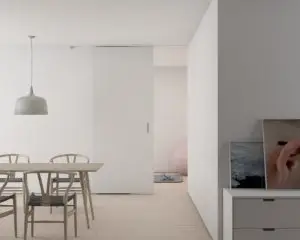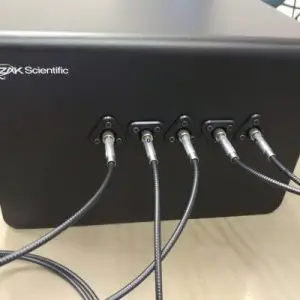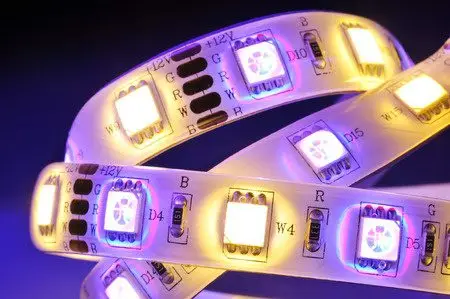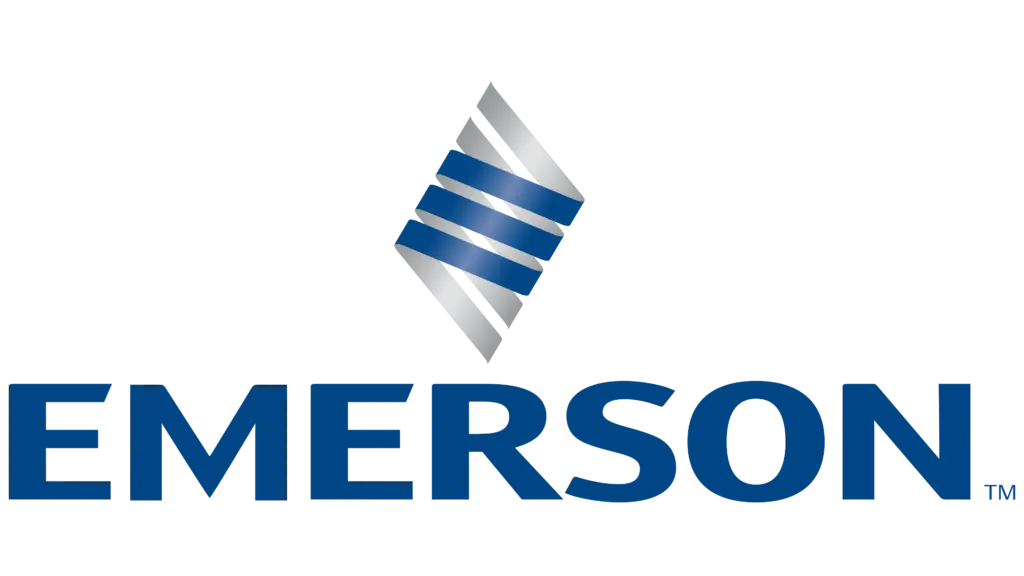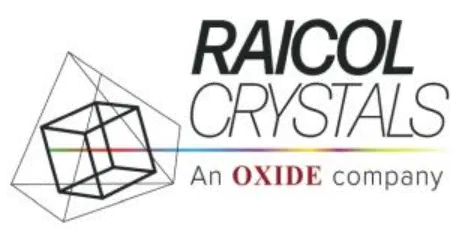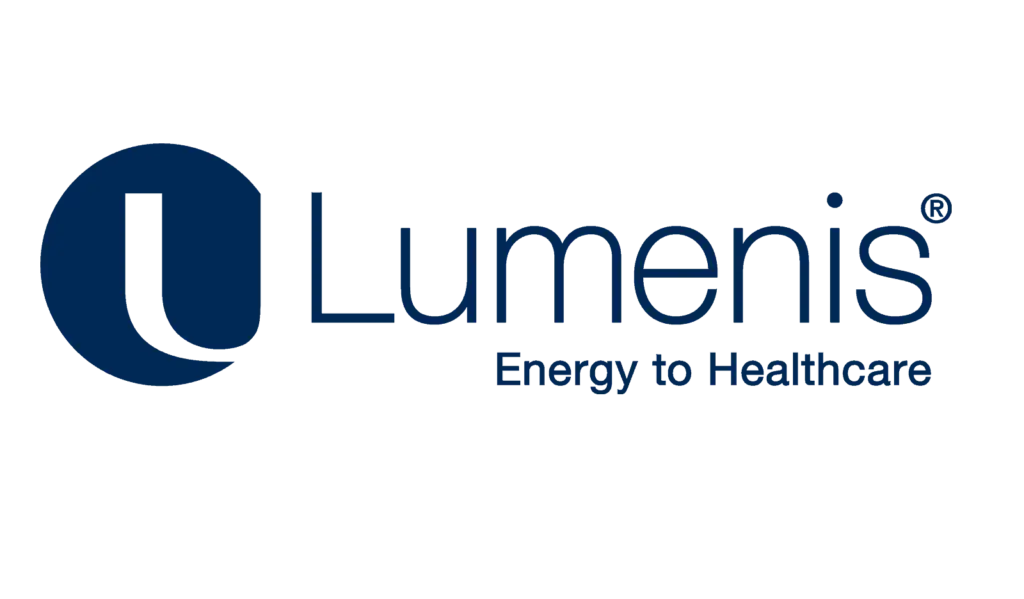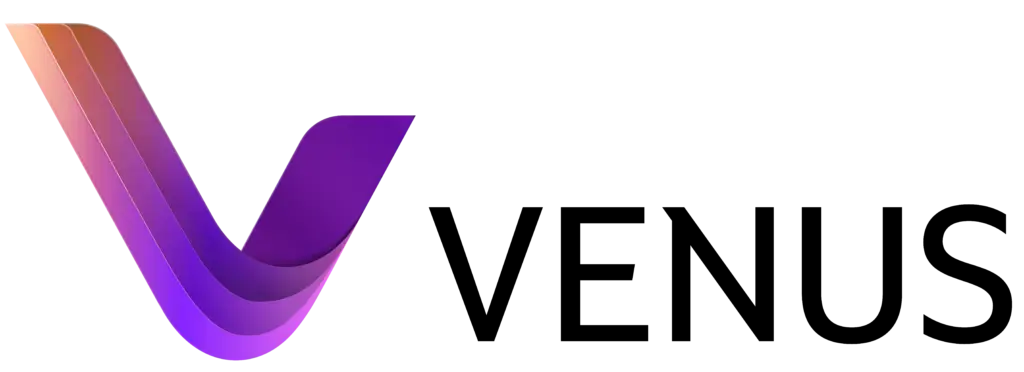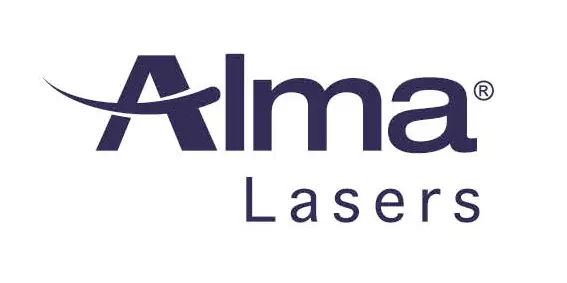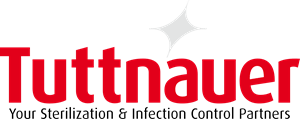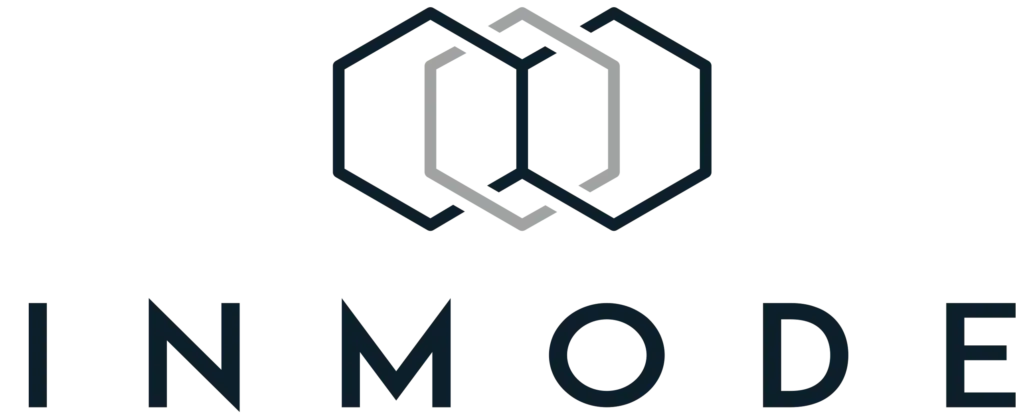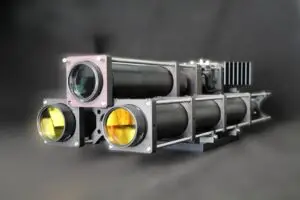Ultraviolet light disinfection can be used ina variety of ways to decontaminate air, surfaces, or water.
Since more and more research studies point out that COVID-19 spreads through indoor air, researchers are looking to use ultraviolet C technology as an air disinfectant.
The disinfectant effect of the UVC light will depend on various factors, including the position of the lamp(s), shadowed areas, and the type of microorganism that is targeted.
Luckily, the novel coronavirus Sars-Cov-2 is relatively easy to inactivate, compared with other viruses or bacteria.
Here are the top 5 ways to use UVC light as an air disinfectant
1. In-duct and cooling coil systems
For in-duct and cooling coil systems, the UVC lamps are placed either in the ductwork or in the exhaust for air disinfection. As the air passes, the UV lamps disinfect the cooling coils and therefore prevent mold and bacterial growth and clean the air.
How effective is this strategy? This technology is most useful to decrease infections in buildings that use this mechanical system to circulate the air. It has limited efficacy if used to clean air. UVC disinfection depends on the airflow rates, the UVC-dose, where the lamps are placed. It is also essential to remove the dust on the lights using a dust filter and regularly inspect the system.
2. Upper room
For air disinfection with UVC, the lamps can be placed on walls or ceilings. Shielding or baffles direct irradiation helps minimize exposure in the lower part of the rooms if there are people. The upward airflow helps the air in the place get exposed to UVC light and therefore disinfected.
How effective is this strategy? Upper disinfection room with UVC as an air disinfectant had been used in hospitals, correction facilities, and other environments. It was effective in reducing the spread of infections. It could be an excellent choice for crowded places like lobbies and hallways. Mechanical ventilation further helps move the airflow in the upper room. UVC disinfection depends on the number and location of the UVC lamps and reflectivity of the walls and ceilings.
3. Lower room
Ultraviolet light disinfection is based on UVC lamps that are placed in the lower parts of the room, at about 30-60 cm, with shielding directing the light towards the floor.
How effective is this strategy? This method provides disinfection to the floor by reducing the microbial count on the ground. It would be a great choice to disinfect sports venues or building entrances. Should be used cautiously in areas where children play.
4. UVC barriers
Ultraviolet light disinfection is made using UV lamps that are placed above doorways.
How effective is this strategy? This technology can be valuable if the air that passes between rooms has to be disinfected and in hospitals. It can be risky if people pass below these unshielded UVC lamps, which is best used outside the business hours.
5. Recirculation or air cleaning UVC units
Ultraviolet light disinfection is achieved through stand-alone or mounted UVC units that draw the air through the system and expel disinfected air when passed through the UVC lamps.
How effective is this strategy? This method offers targeted air disinfection in small, well-ventilated areas. The disinfection depends on how large the room is, the exposure time, and the rate of air changes due to ventilation. It has limited use in large spaces.
Let’s work together to stop the spread of COVID-19 in indoor environments. Email us today to discuss the best option for your needs.
Tzachi Sabati
CEO, IZAK Scientific
Physicist specializing in photonics and quantum technologies, with deep expertise in quantum sensors and advanced optical systems. Leads the Advanced Quantum Lab course at the Technion, bridging academic excellence with industry innovation. At IZAK Scientific, provides cutting-edge photonics-based solutions, developing customized inspection and sensing systems for R&D and production. Passionate about advancing quantum sensing applications and integrating novel technologies to meet industry needs.

